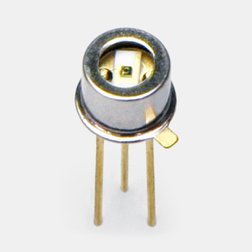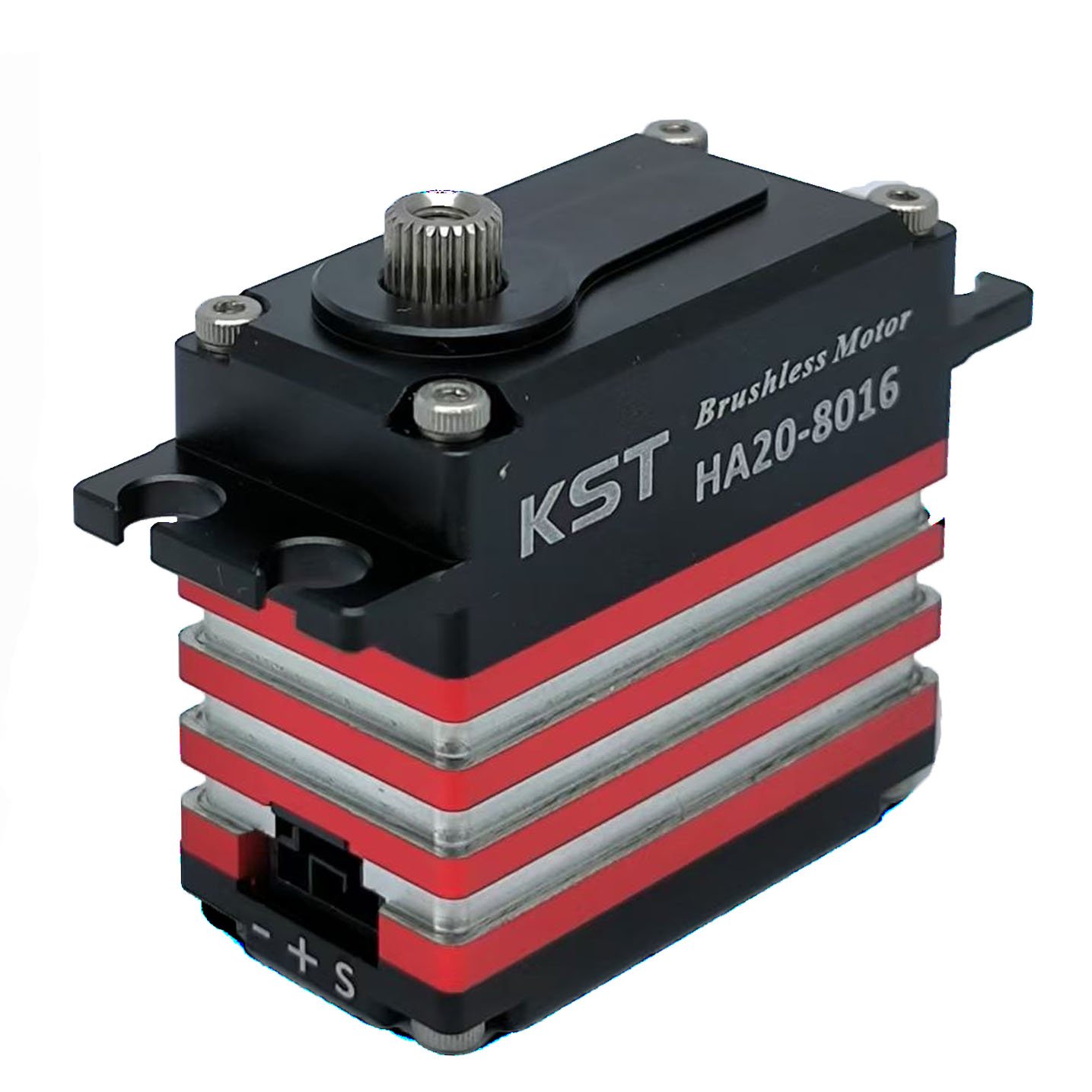The Insulated Gate Bipolar Transistor (IGBT) is a semiconductor switching device that combines the advantages of traditional bipolar junction transistors (BJT) and field effect transistors (MOSFET). The IGBT transistor combines the high input impedance and fast switching speed of the MOSFET with the low saturation voltage of the bipolar transistor to create a new type of switching device. This device is capable of handling large currents and has almost zero gate current, making it an ideal choice for semiconductor switching devices.
The Insulated Gate Bipolar Transistor (IGBT) combines the insulated gate technology of the MOSFET with the output performance characteristics of the traditional bipolar transistor. This hybrid combination gives the “IGBT transistor” the output switching and conduction characteristics of a bipolar transistor, while performing voltage control like a MOSFET.
IGBTs are mainly used in power electronics applications such as inverters, converters, and power supplies, where the demand for solid-state switching devices cannot be fully met by power bipolar transistors and power MOSFETs. Although high-current and high-voltage bipolar transistors can handle high power, their switching speed is slow; although power MOSFETs have high switching speeds, high-voltage and high-current MOSFETs are expensive and difficult to implement.
Compared with BJTs or MOSFETs, the advantage of IGBTs is that they provide greater power gain than standard bipolar transistors, while having the high operating voltage and low input loss of MOSFETs. In fact, IGBTs can be regarded as field-effect transistors (FETs) integrated with bipolar transistors, and their structure is similar to the Darlington configuration.
Insulated Gate Bipolar Transistor

An insulated gate bipolar transistor (IGBT) is a three-terminal transconductance device that combines the input of an insulated gate N-channel MOSFET with the output of a PNP bipolar transistor in a Darlington configuration.
Therefore, the terminals of an IGBT are labeled: collector (C), emitter (E), and gate (G). The collector and emitter terminals (CE) are associated with the conductance path for current transmission, while the gate terminal (G) is used to control the switching state of the device.
The gain of an insulated gate bipolar transistor (IGBT) is the ratio between its output signal and its input signal. For a conventional bipolar junction transistor (BJT), the gain is usually expressed as the ratio of the output current to the input current, called Beta. For a metal oxide semiconductor field effect transistor (MOSFET), there is no input current because the gate is isolated from the main current-carrying channel. Therefore, the gain of a MOSFET is defined as the ratio of the change in output current to the change in input voltage, which makes it a transconductance device. The working principle of an IGBT is similar to that of a MOSFET, so it can also be considered a transconductance device. In an IGBT, the base current of the power BJT is provided by a MOSFET.
Insulated Gate Bipolar Transistors (IGBTs) can be used in small signal amplifier circuits in a similar manner to BJTs or MOSFETs. However, since the IGBT combines the low conduction losses of a BJT with the high switching speed of a power MOSFET, it is an ideal solid-state switch for power electronics applications. In addition, the “on-state” resistance of the IGBT is much lower, giving an advantage in R over the equivalent MOSFET. This means that for a given switching current, the voltage drop across the bipolar output structure is significantly lower. The forward blocking characteristics of the IGBT transistor are similar to those of a power MOSFET.
As a statically controlled switch, the voltage and current ratings of the IGBT are similar to those of a bipolar transistor. However, since the IGBT has an isolated gate, it is easier to drive than a BJT because much less drive power is required. The insulated gate bipolar transistor (IGBT) can be turned “on” or “off” by activating or deactivating its gate terminal. The IGBT remains in the “ON” state when a positive voltage signal is applied to the gate and emitter, and the device turns “OFF” when the gate signal is zero or slightly negative, similar to the operation of a bipolar transistor or MOSFET. Another significant advantage is that the on-state channel resistance of the IGBT is much lower than that of a standard MOSFET.

IGBT Characteristics

Since the IGBT is a voltage controlled device, it only requires a small voltage on the gate to maintain the on state, unlike the BJT, which requires a constant supply of sufficient base current to maintain saturation. In addition, the IGBT is a unidirectional device, meaning it can only switch current in the “forward” direction, from collector to emitter. This is different from the MOSFET, which is able to switch current in both directions (controlled in the forward direction and uncontrolled in the reverse direction).
The operating principle and gate drive circuit of the IGBT are very similar to those of the N-channel power MOSFET. The main difference is that when current flows through the device in the “ON” state, the main conduction channel of the IGBT offers much lower resistance than the MOSFET. Therefore, the IGBT has a much higher current rating than the equivalent power MOSFET. The main advantages of the IGBT over other types of transistor devices include its high voltage capability, low on-resistance, easy drive, fast switching speed, and zero gate drive current. This makes IGBTs ideal for medium speed, high voltage applications such as pulse width modulation (PWM), variable speed control, switch mode power supplies, solar powered DC-AC inverters and frequency converters, operating in the hundreds of kilohertz frequency range.
Listed below are some mathematical formulas for IGBTs, which are essential for analyzing and designing circuits using IGBTs:
Collector Current (Ic): The collector current is the current flowing from the collector to the emitter of the IGBT. It can be calculated using Ohm’s law, where Vce represents the collector-emitter voltage and RL is the load resistance. Therefore, the calculation formula for the collector current is:
Ic = Vce / Rl
Gate current (Ig): Gate current is the current required to activate or deactivate the IGBT. It can be calculated by gate voltage and gate-source capacitance (Cgs). The specific formula is:
Ig = Cgs * dVgs/dt
Switching losses (Ps): The switching losses of the IGBT are caused by the energy dissipation during the turn-on and turn-off transitions. These losses can be calculated by the following formula:
Ps = 0.5 * Vce * Ic * fsw * (Eon + Eoff)
Vce is the collector-emitter voltage, Ic is the collector current, fsw is the switching frequency, and Eon and Eoff are the turn-on and turn-off energies.
Forward voltage drop (Vf): Forward voltage drop is the voltage across the IGBT when it is in the on state, and Vce (sat) represents the saturation voltage.
Vf = Vce + Vce(sat)
Power Dissipation (Pd): It is calculated using the mentioned formula, where Vce is the collector-emitter voltage and Ic is the collector current.
Pd = Vce * Ic
Gate Charge (Qg): Gate charge is the total charge required to switch the IGBT from off to on. It is related to the gate current and the gate-source voltage:
Qg = ∫(Ig dt)
Junction temperature (Tj): The junction temperature of the IGBT can be estimated by considering the power dissipation and thermal resistance. Where Ta is the ambient temperature, Pd is the power dissipation, and Rth is the thermal resistance.
Tj = Ta + (Pd * Rth)
Applications:
1.AC and DC motor drives
2.Unregulated power supplies (UPS)
3.Switch mode power supplies (SMPS)
4.Traction motor control
5.Induction heating
6.Inverters
They are designed to combine an isolated gate FET and a bipolar power transistor for control input into a single device, thus increasing versatility.
FAQ:
What does an IGBT do?
The main purpose of an IGBT is to achieve fast switching of current to minimize switching losses
What are the three terminals of an IGBT?
An IGBT integrates the output of a PNP transistor with the output of an insulated gate N-channel MOSFET to form a transconductance module with three basic terminals: emitter, collector, and gate. The gate is used to control the switching state of the device, while the emitter and collector are connected to the current and conductance paths, respectively.
Is an IGBT bipolar or unipolar?
An IGBT is a bipolar device that uses electrons and holes as carriers. The complexity of this design is reflected in the fact that its input stage uses a MOSFET structure, while the output stage is bipolar. This structure enables the IGBT to achieve a low saturation voltage while maintaining relatively fast performance.
What is the efficiency of an IGBT?
Hybrid IGBTs are ideal for these tasks because they meet the key criteria of minimum switching losses, low VCE, high power conversion efficiency, and economy. These devices have efficiencies of over 97% and are able to guarantee a wide range of operating frequencies when used in automotive chargers.
For more information, please contact us: emi-ic.com
























